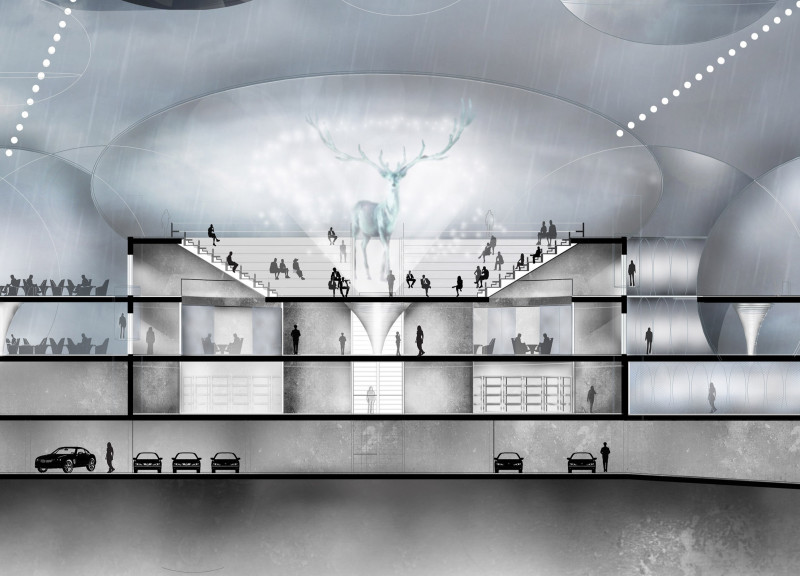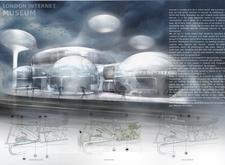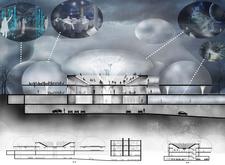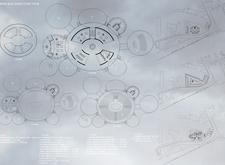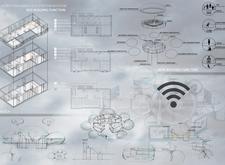5 key facts about this project
# Analytical Report on the London Internet Museum Project
## Overview
The London Internet Museum, located near the historic North Woolwich station, is designed to explore the significance of the Internet as a cultural artifact. Emphasizing the virtual nature of the Internet, the museum aims to provide interactive spaces that facilitate education and artistic expression. The architectural design incorporates advanced technologies and an aesthetic inspired by organic forms, reflecting the dynamic character of the digital world.
## Architectural Innovation and User Engagement
The design concept interprets the Internet as a decentralized network, represented through a composition of interconnected "capsules" that evoke the nodes of online connectivity. This layout fosters interactivity, with flexible exhibition spaces that allow for diverse programming. Features such as multimedia installations and interactive technologies like holography and fiber optics create opportunities for visitor engagement, highlighting the ephemeral nature of digital information.
The spatial organization prioritizes functionality, with distinct areas designated for various uses. The ground floor features an entrance and reception area that opens to interactive exhibition halls, while the upper floors include classrooms and conference spaces designed to host a range of educational and community events. Expansive corridors and integrated wayfinding elements guide visitors through the site, creating a navigational experience reflective of digital connectivity.
## Material Selection and Structural Design
The architectural materiality emphasizes transparency and lightness, with extensive use of glass to symbolize the open nature of the Internet. Fiberglass is employed for its adaptable properties, allowing for the organic shapes of the capsules. A steel framework ensures structural integrity while enabling spacious, open interiors.
The museum's design incorporates various technologies and materials such as fiber optic lighting, which enhances the visual experience and reinforces the themes of digital interaction. The modular approach offers dedicated spaces for exhibitions, a central auditorium equipped for performances, and recreational areas that can accommodate informal gatherings, showcasing the versatility of modern architectural practice.


